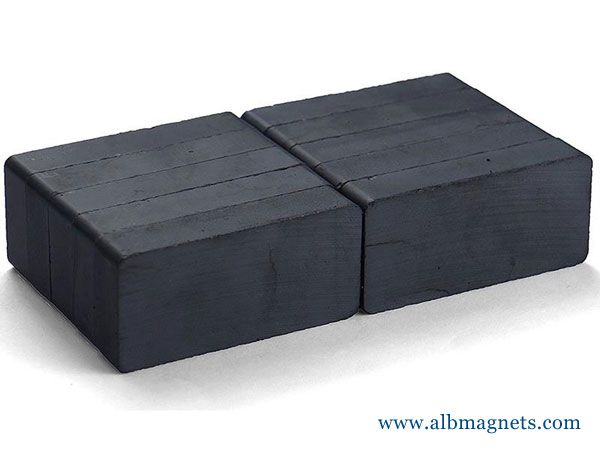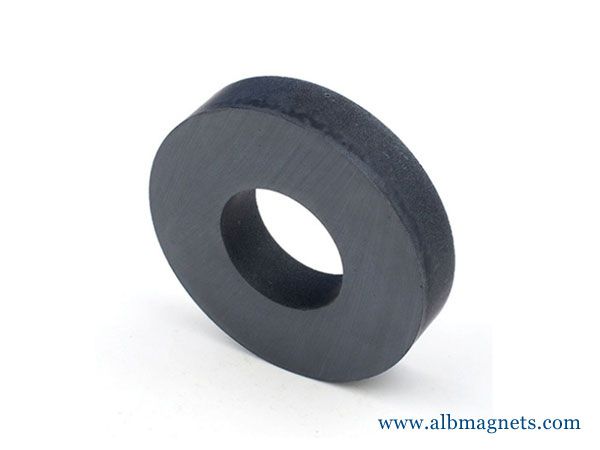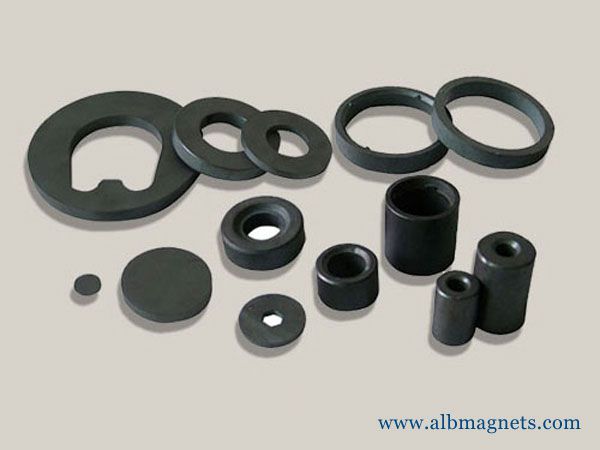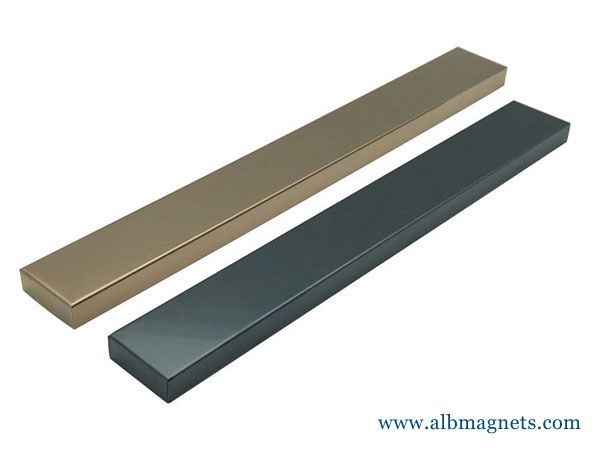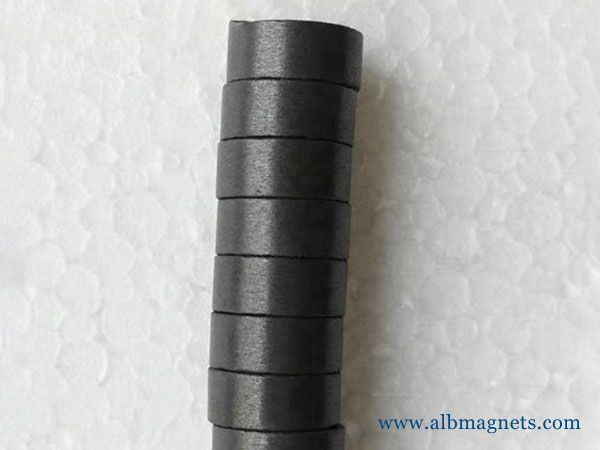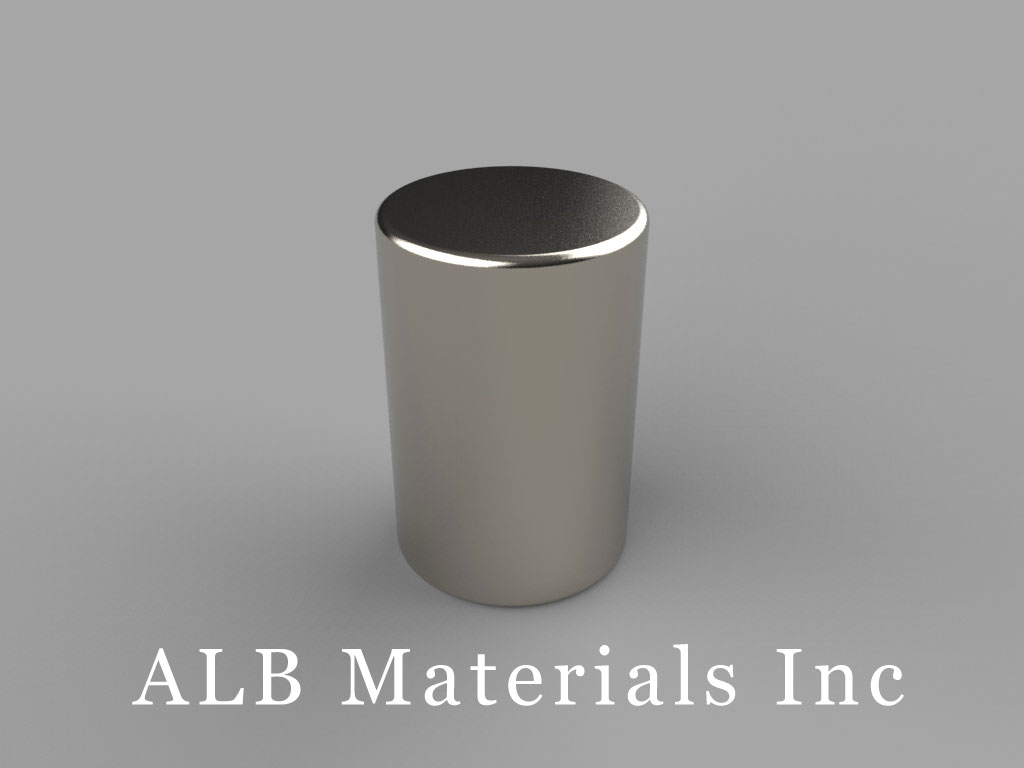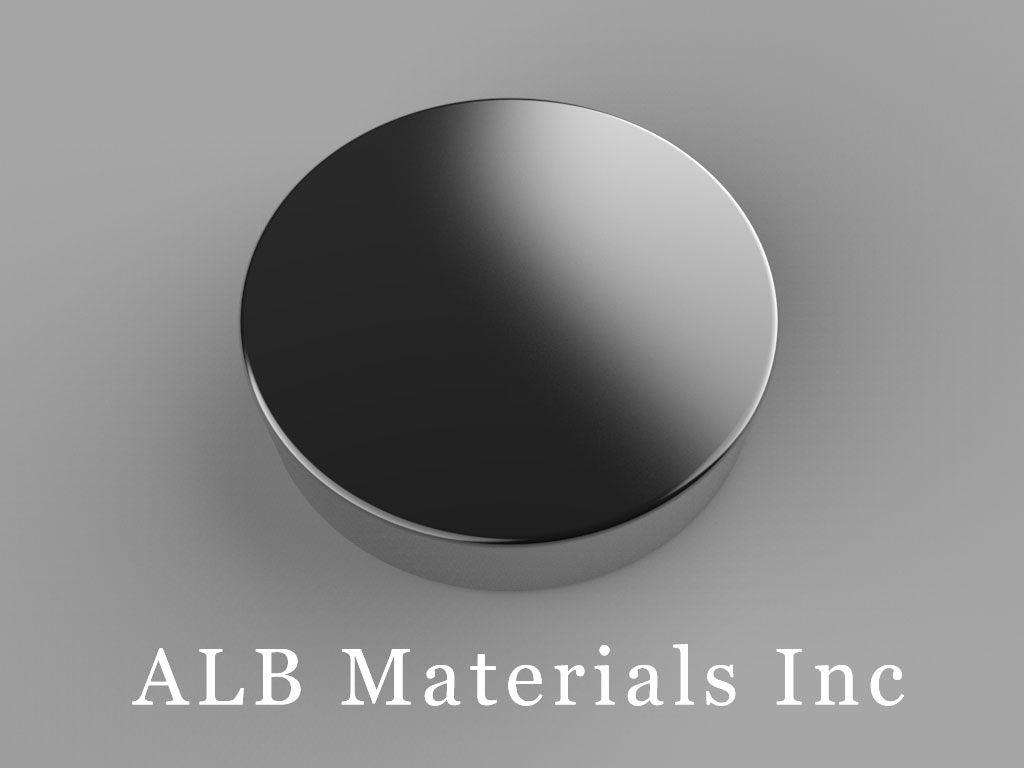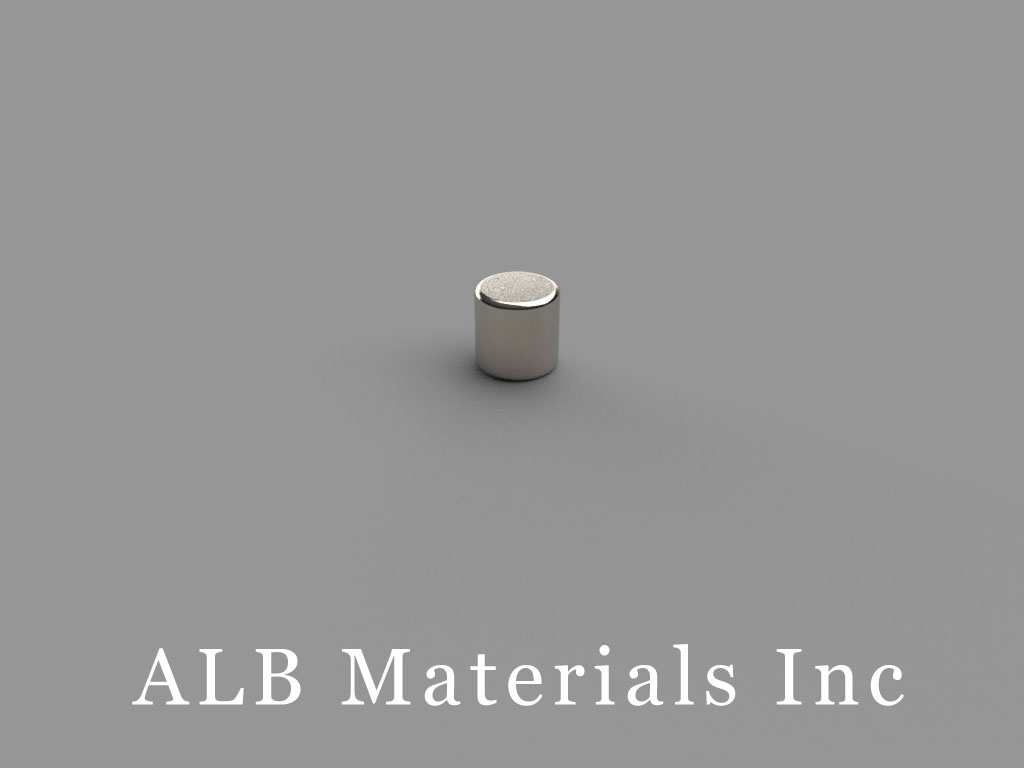401 Ryland St. Ste 200-A,
Reno, NV 89502
United States
E-mail: sales@albmaterials.com
- D-D30H10-N38 Neodymium Magnet, 30x10mm Disc Magnet
- B-W6H1L10-N50 Neodymium Magnet, 10x6x1mm Block Magnet
- D78-N52 Neodymium Magnets, 7/16 inch dia. x 1/2 inch thick
- B-W2.8H1.9L10-N50BNi Neodymium Magnet, 10x2.8x1.9mm Block Magnet
- DX27 Neodymium Magnets, 1 1/8 inch dia. x 7/16 inch thick
- D82E Neodymium Magnets, 1/2 inch dia. x 1/8 inch thick
- DH14 Neodymium Magnets, 1/10 inch dia. x 1/4 inch thick
- D81AD-P Neodymium Magnets, 1/2 inch dia. x 1/16 inch thick with adhesive backing
- BC82 Neodymium Magnets, 3/4 inch x 1/2 inch x 1/8 inch thick
- DX8X0 Neodymium Magnets, 1 1/2 inch dia. x 1 inch thick
- C-D8H8-N42 Neodymium Magnet, 8x8mm Cylinder Magnet
- B551 Neodymium Magnets, 5/16 inch x 5/16 inch x 1/16 inch thick
- BX04X0 Neodymium Magnets, 1 inch x 1/4 inch x 1 inch thick
- CB-W12H6L75D3.4/D6.4 Neodymium Magnet, 75x12x6mm with countersunk hole d3.4/6.4 Block Magnet
- B666-N52 Neodymium Magnets, 3/8 inch x 3/8 inch x 3/8 inch thick
- WPH-SM Magnetic Hooks
Ceramic Magnet Properties
ceramic magnet properties
Ceramic Magnets - Permanent Magnets
Sintered ferrite (ceramic) magnets are also available in forms of isotropic and anisotropic.
The magnetic properties of isotropic ferrite are the same in all directions, therefore they can be magnetized in any pole arrangements.
An-isotropic ferrite magnets, on the other hand, can only be magnetized in the direction they are oriented during production, but they have much higher magnetic strength than isotropic ones.
Sintered Ferrite Magnets are also called Ceramic Magnets.
There are mainly two types of ferrite magnets, Barium ferrite (BaO.6Fe2O3) and Strontium ferrite (SrO.6Fe2O3).
Compared with other permanent magnets, sintered ferrite magnet is cheap.
It is most suitable for most sensitive, but need not very high-performance applications.
As this is a non-metal magnet, it is the ideal magnets for applications that require non-rusty magnets in a humid environment.
Sintered ferrite magnets are widely used in many different applications, such as motors, cars, magnetic selection loudspeakers, and many special applications.
Characteristics
Sintered ferrite magnets can be used in between -40 °C and +200 °C
Being hard and brittle, they can be cut by using diamond tools.
The raw material of sintered ferrite magnets is an oxide, thus they would not be rusted under severe environment nor affected by many chemicals (except some strong acids).
Magnetic Property for Ceramic (Ferrite)
Magnetic Ceramics Due to their high thermal stability and interesting physical properties (e.g., thermal, electrical, and magnetic), ceramic materials are used in a wide range of applications starting from household materials to high-tech space applications.
But their brittleness sometimes limits their applications.
In comparison, polymeric materials exhibit elastic properties but generally possess less thermal stability.
In this context, polymer-ceramic composites, with their tailored compositions, are appropriate for various applications where the useful properties of both the components remain preserved to a large extent.
Recently, polymer nanocomposites, where ceramic nanoparticles are blended with the polymer matrix, have attracted immense interest.
It is now a well-established fact that nanoparticles exhibit unusual properties, including magnetic, electrical, optical, and mechanical, in comparison with bulk materials.
In polymer-ceramic nanocomposites, it is possible to manipulate the physical properties by controlling the size of the nanoparticles and their weight ratio in the composition.
These materials are capable of exhibiting multifunctionality in terms of performance and application, based on the properties of the individual constituents.
What are ceramic magnets and how are they made?
They are composed of iron oxide and strontium carbonate. While their hard, brittle quality and low energy exclude them from some applications, ceramic magnets have won wide acceptance due to their corrosion and demagnetization resistance, and low price per pound.
Gauss and Pull Calculator
What is a ceramic magnet?
Ceramic magnets (also known as ferrite magnets) were developed in the 1960s as a low-cost alternative to metallic magnets.
They are composed of iron oxide and strontium carbonate.
While their hard, brittle quality and low energy exclude them from some applications, ceramic magnets have won wide acceptance due to their corrosion and demagnetization resistance, and low price per pound.
Ferrite represents more than 75 percent of world magnet consumption (by weight).
It is the first choice for most types of DC motors, magnetic separators, magnetic resonance imaging, and automotive sensors.
How are they made?
Ceramic magnets are manufactured using powder technology techniques.
The primary raw material – ferrite – is made by using iron oxide and strontium carbonate.
These materials are mixed together and then elevated in temperature to 1800-2000 degrees F.
At this temperature, they undergo a chemical conversion and the resulting material is ferrite.
The ferrite material is then reduced to very small particle size by wet milling.
The milled powder is then either dried (for dry pressed material) or injected into a die (in wet slurry form) in a large hydraulic press.
The die is non-magnetic steel with carbide liners.
The die cavities are the shape of the part to be pressed.
The wet powder (slurry) is then compacted in the presence of a magnetic field.
The water allows the flat ferrite particle to more easily align itself in the magnetic field.
Most of the water is removed during the compaction process.
The remaining water is evaporated during the initial stages of the sintering process.
The sintering takes place at 2000 degrees F. approximately.
After sintering the material is fully dense and ready to finish grinding to customer specifications.
As the material is very hard and brittle, all of the grindings of ceramic magnets are done using diamond wheels.
Part of the content in this article is reproduced from other media for the purpose of transmitting more information and does not mean that this website agrees with its views or confirms the authenticity of its content. It shall not bear direct responsibility and joint liability for the infringement of such works.
If there is any infringement, bad information, error correction, and other issues in the content of this page, please contact us at info@albmaterials.com
Link to this article: https://www.albmagnets.com/blog/ceramic-magnet-properties.html
How to choose and buy a strong neodymium magnet? ALBMagnets is a professional company for strong magnet design and manufacturing,
providing you with reliable N35, N38, N42, N52, N42SH and other grade super neodymium magnets and SmCo rare earth magnets.




